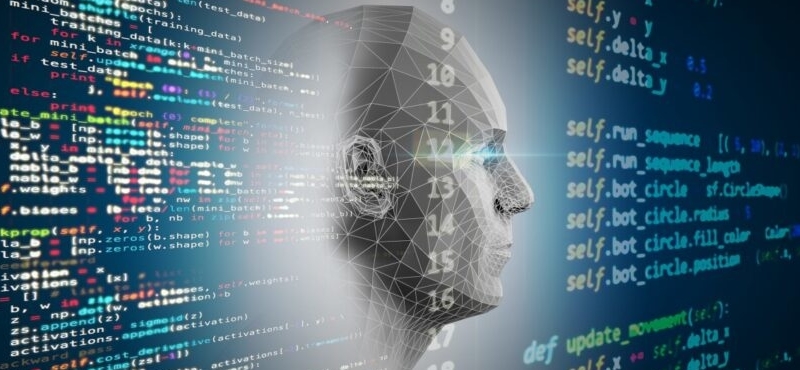Revolutionizing Industries: The Impact of Machine Learning Algorithms

What is a Machine Learning Algorithm?
A machine learning algorithm is a set of rules or processes used by an AI system to perform tasks such as discovering insights, identifying patterns, or predicting outcomes from input data. These algorithms enable machine learning (ML) systems to learn and improve over time.
Importance of Machine Learning Algorithms
Industry experts emphasize the significance of machine learning and its algorithms. Forrester notes, “Advancements in machine-learning algorithms bring precision and depth to marketing data analysis, helping marketers understand the impact of various marketing elements on performance.” Similarly, Gartner highlights that “Machine learning is at the core of many successful AI applications, driving its substantial market traction.”
Training ML algorithms on larger datasets often results in more accurate outputs. Using statistical methods, these algorithms can classify data, make predictions, and uncover insights in data mining projects, thus enhancing decision-making and boosting key growth metrics. For instance, ML algorithms can analyze data to identify trends and predict potential issues, while advanced AI applications offer personalized support, reduced response times, speech recognition, and improved customer satisfaction. Industries such as supply chain management, transportation, logistics, retail, and manufacturing leverage these algorithms to automate tasks, enhance efficiency, and generate valuable insights.

How Machine Learning Algorithms Work
According to a paper from UC Berkeley, machine learning algorithms involve three main components:
- Decision Process: Algorithms use input data to make predictions or classifications. The input data can be labeled or unlabeled, and the algorithm estimates patterns in the data.
- Error Function: This function evaluates the accuracy of the model’s predictions. For known examples, the error function compares the predictions to the actual outcomes.
- Model Optimization Process: The algorithm adjusts its weights to minimize the discrepancy between predicted and actual outcomes. This iterative process continues until the model reaches an acceptable level of accuracy.
In supervised learning, a training dataset with inputs and correct outputs is used to teach models to achieve the desired output. The model measures its accuracy through a loss function and adjusts until the error is minimized.

Types of Machine Learning Algorithms
Machine learning algorithms are categorized into four types: supervised, unsupervised, semi-supervised, and reinforcement learning. Each type has its advantages depending on budget, speed, and precision requirements. Advanced algorithms often use a combination of deep learning, neural networks, and natural language processing.
Supervised Learning Algorithms
Supervised learning algorithms are divided into classification and regression problems:
- Classification: Assigns test data into specific categories. Examples include linear classifiers, support vector machines (SVM), decision trees, K-nearest neighbor (KNN), and random forests.
- Regression: Understands relationships between dependent and independent variables to make projections, such as sales revenue. Common algorithms include linear regression, logistic regression, and polynomial regression.
Other techniques in supervised learning include:
- AdaBoost/Gradient Boosting: Enhances a weak algorithm by combining it with other weaker algorithms to reduce errors.
- Artificial Neural Networks (ANNs): Use neurons to recognize patterns in input data, forming the basis of deep learning algorithms.
- Decision Trees: Utilize a tree-like model of decisions for classification or regression tasks.
- Dimensionality Reduction: Reduces the number of features in a dataset, retaining only the most meaningful information. Example: Principal Component Analysis (PCA).
- K-Nearest Neighbor (KNN): Classifies data points based on their proximity to other points, using methods like Euclidean distance.
- Linear and Logistic Regression: Used for predicting continuous and categorical outcomes, respectively.
- Naïve Bayes: Assumes feature independence and is often used in text classification.
- Random Forests: Combines multiple decision trees to improve prediction accuracy.
- Support Vector Machines (SVM): Constructs a hyperplane to separate data points into different classes.
Unsupervised Learning Algorithms
Unsupervised learning algorithms work with unlabeled data to discover patterns, solving clustering or association problems:
- Clustering: Identifies patterns in data to group similar items.
- Hierarchical Clustering: Forms a tree of clusters by repeatedly merging the closest clusters.
- K-Means Clustering: Divides data into clusters based on similarity, using centroids.
Semi-Supervised Learning Algorithms
These algorithms use partially labeled data, combining the benefits of supervised and unsupervised learning to improve accuracy while utilizing cost-effective unlabeled data.
Reinforcement Learning Algorithms
Reinforcement learning algorithms learn through rewards and penalties, guided by a reinforcement learning agent. This method is useful in resource management, robotics, and video games, where the agent learns to optimize actions for favorable outcomes through trial and error.

Conclusion
Machine learning algorithms are essential for enabling AI systems to learn from data, make predictions, and uncover insights. With applications across various industries, these algorithms drive efficiency, automation, and informed decision-making, significantly impacting business growth and innovation.



